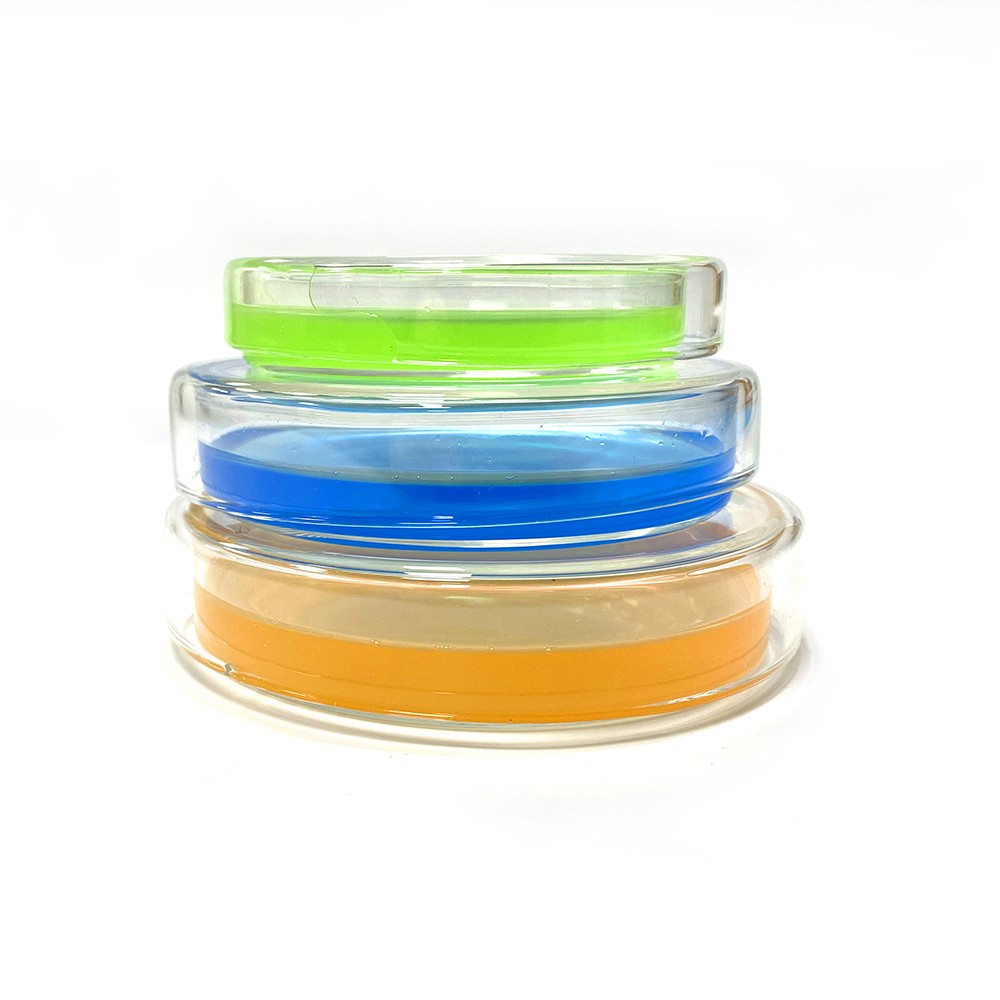
Petri dishes are an essential tool in microbiology for the cultivation of microorganisms. When selecting and using petri dishes, there are several factors to consider to ensure the success of your experiments. In this blog, we will discuss the important considerations in selecting and using petri dishes.

Selecting Petri Dishes
The type of petri dish you select will depend on the specific requirements of your experiment. Here are some factors to consider when selecting petri dishes:
Material: Petri dishes are commonly made of either glass or plastic. Glass dishes are more durable and can withstand higher temperatures, but they are more expensive and can break easily. Plastic dishes are less expensive and unbreakable, but they are not as heat-resistant as glass dishes.
Size: Petri dishes come in various sizes, typically ranging from 50 mm to 150 mm in diameter. The size of the dish you select will depend on the size of the culture you are growing and the space available in your incubator.
Sterility: It is essential to choose petri dishes that are sterile to prevent contamination of your culture. Many suppliers offer pre-sterilized petri dishes, or you can sterilize them yourself using an autoclave or other sterilization methods.
Using Petri Dishes
Once you have selected the appropriate petri dishes, it is essential to use them correctly to ensure the success of your experiment. Here are some tips for using petri dishes:
Labeling: Before use, label each petri dish with the relevant information, such as the date, type of media, and type of microorganism.
Sterilization: If you are not using pre-sterilized dishes, it is essential to sterilize them before use. This can be done using an autoclave, dry heat, or other sterilization methods.
Pouring Media: Prepare the culture medium according to the specific requirements of your experiment and pour it into the sterile petri dish. Allow the medium to solidify before use.
Inoculation: Inoculate the culture with the microorganism of interest using a sterile loop or swab. Spread the microorganism evenly across the surface of the medium.
Incubation: After inoculation, replace the lid on the petri dish and incubate it at the appropriate temperature and conditions for the microorganism being cultured.
Handling: When handling petri dishes, it is important to be gentle to prevent damage to the culture. Avoid touching the surface of the medium or the underside of the lid.
In conclusion, selecting and using petri dishes correctly is crucial for the success of your experiments in microbiology. Consider the material, size, and sterility of the dishes when selecting them, and follow proper procedures for sterilization, pouring media, inoculation, incubation, and handling. With these tips in mind, you can use petri dishes effectively to cultivate microorganisms and conduct a wide range of experiments.